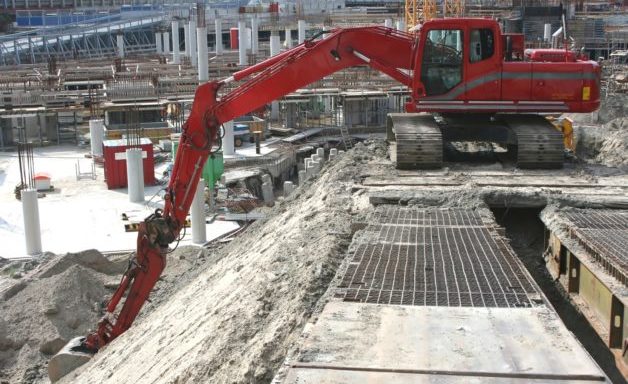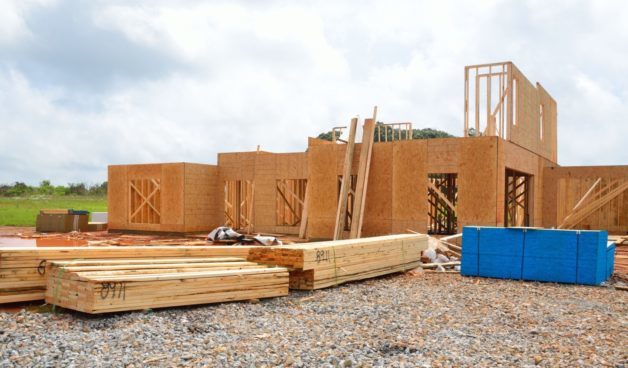On September 14, 2023, the Department of Finance provided details on a proposal to enhance the existing GST rental rebate. In general, the existing rebate provides a 36% rebate of the GST component of the price paid by landlords to construct, or purchase newly constructed, rental property. The existing rebate begins to be phased out for properties valued at over $350,000 and is eliminated at $450,000.
The proposal would increase the rebate from 36% to 100% and remove the phase-out thresholds for properties with a value over $350,000. The proposal would apply to certain rental housing projects that begin construction between September 14, 2023, and December 31, 2030, inclusive, and complete construction by December 31, 2035.
To qualify for the enhanced rebate, new residential units would need to meet the requirements for the existing rental rebate and be in buildings meeting the following criteria:
- the property must contain at least four private apartment units (units must have a private kitchen, bathroom, and living area) or at least 10 private rooms or suites (examples of residences for students, seniors, and people with disabilities were provided); and
- at least 90% of the residential units in the building must be designated for long-term rental.
Projects that convert existing non-residential real estate, such as an office building, into a residential complex would also be eligible if all other conditions are met. Public service bodies would also be eligible to access the enhanced rebate.
The enhanced rebate will not apply to other properties, such as individuallyownedcondominiumunits, single-unithousing, duplexes, triplexes, or housing co-ops; however, the existing rebate would still be available. Substantial renovations of existing residential complexes would not be eligible.
On September 21, 2023, the Bill to enact these measures was introduced in the House of Commons. This Bill did not include all the criteria for eligible projects but provided that the remaining specifics would be set by regulation in the future.
ACTION: If involved in developing multi-unit residential rental property, consider whether you are eligible for this enhanced GST rental rebate.










